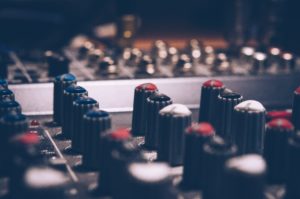Layering for better kick drum samples
2 years ago

Instead of using the same old kick drum sound in your EDM productions, why not try layering multiple samples to create a more complex and dynamic sound? By combining kick drum samples with complementary characteristics, you can create a punchy and powerful drum sound that will add impact to your tracks. Experiment with different combinations of samples and EQ settings to find the right sound for your music.
Layering a kick drum is a common technique used in electronic dance music (EDM) production to create a punchy and powerful drum sound. By combining multiple kick drum samples, you can create a more complex and dynamic sound that will add impact to your tracks.
Here are some tips for layering a kick drum in your EDM productions:
- Start with a basic kick drum sample that has a strong attack and a well-defined low end. This will be the foundation of your kick drum sound.
- Add a second kick drum sample that complements the first one. This could be a sample with a longer decay, or one that has more mid-range frequencies.
- Use a high-pass filter to remove the low end from the second kick drum sample. This will prevent it from clashing with the first sample and will help to create a more defined low end.
- Adjust the levels of the two kick drum samples so that they are balanced and sit well in the mix. You may need to adjust the EQ of each sample to make them fit together better.
- Experiment with different combinations of kick drum samples to find the right sound for your track. You can also try layering more than two samples to create a more complex kick drum sound.
In conclusion, layering a kick drum is a great way to add depth and power to your EDM productions. By combining multiple kick drum samples, you can create a more dynamic and punchy sound that will add impact to your tracks. Experiment with different combinations of samples and EQ settings to find the right sound for your music.